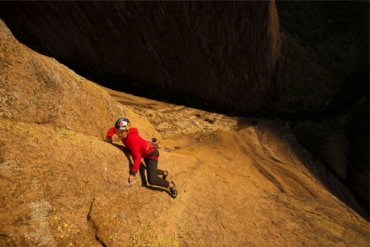From the summit ridge on Hvannadalshnúkur, Iceland’s highest peak, the world dropped away to a blanket of clouds. It was late May, and I’d come from far below, a daylong climb up from near sea level to Hvannadalshnúkur’s 6,922-foot ridge in the sky.
As mountaineering adventures go, the climb on the hard-to-pronounce Icelandic peak is a slog. But what a beautiful slog it is, including an ascent from misty highlands, past waterfalls, and up a rock ridge. You pass through the clouds, then onto the snow. Finally, on a high plateau, snow stretches miles in all directions, a glacial scene unlike anything I’ve ever seen.

(The news hound in me enjoyed Icelandic volcano climbing, too. Buried under clouds southwest of the high peak was another consonant-heavy volcano, Eyjafjallajokull, the country’s ash-spewing giant that caused havoc this spring to air flights in and out of Europe.)
My day on Hvannadalshnúkur was spent with literally dozens of Icelanders. A climbing program organized by Icelandic outerwear company 66 North included a series of training climbs over the past few months. Hvannadalshnúkur was the final test for the group of climbers, many new to mountaineering.

As the peak was non-technical — mostly hiking and kicking steps in snow — my gear was as lightweight as I could swing. Instead of rigid plastic mountaineering boots, I wore the Roclite 288 GTX shoes from Inov-8 (www.inov-8.com), which are flexible high-tops made waterproof with a Gore-Tex treatment.
For traction underfoot, I clipped into a pair of Kahtoola KTS crampons (www.kahtoola.com), a lightweight grid of aluminum spikes. They weigh almost nothing but provide grip for snow and ice on moderate mountaineering terrain.

My other climbing gear came from C.A.M.P. USA (www.camp-usa.com), including the ultra-light ALP 95 harness, which is made of thin webbing and weighs a mere 3.4 ounces. The company’s XLA 210 ice ax — also amazingly light at 7.5 ounces — was my tool in hand in case of a fall.
continued on next page. . .






